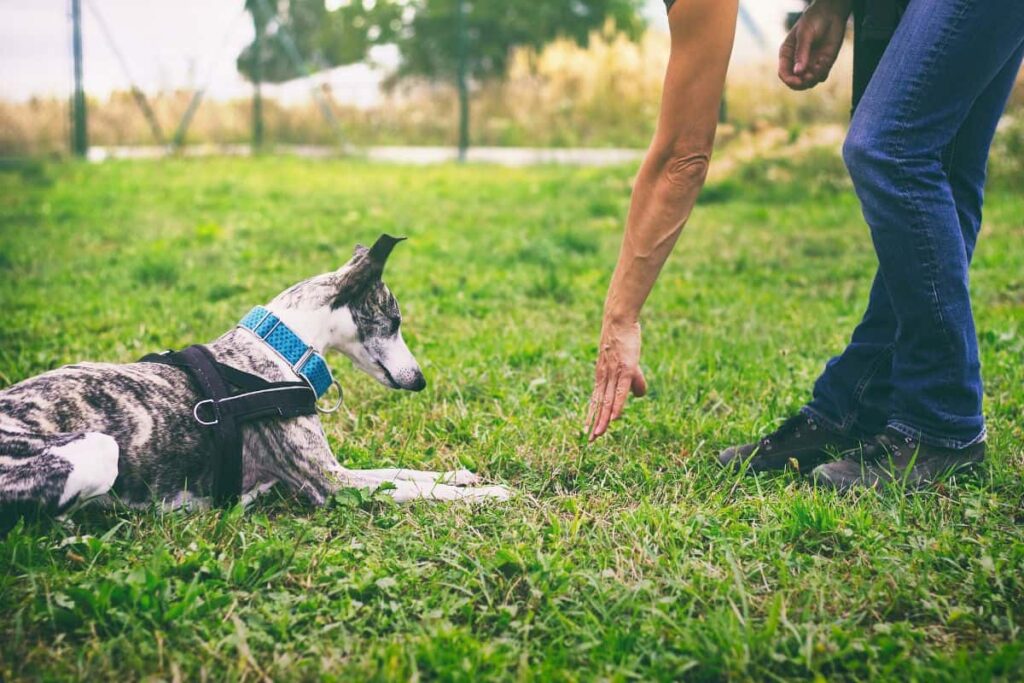Training a dog can be one of the most rewarding experiences for any pet owner, but understanding the essential techniques can make all the difference between a frustrated and a fulfilled dog and handler. The journey to a calm, well-behaved dog begins with a solid foundation built on trust, consistency, and patience. Dogs, by nature, are pack animals and respond well to a clear, consistent structure. To start, positive reinforcement stands out as one of the most effective training methods rewarding good behavior rather than punishing mistakes encourages dogs to repeat actions that please their owners, while also fostering a positive bond. Treats, toys, or simple verbal praise can be powerful motivators. Timing is also crucial; rewarding the dog immediately after they perform a desired behavior reinforces the connection between the action and the reward. Training should always be consistent; mixed messages, such as rewarding behaviors sometimes but not others, can confuse the dog.

Another critical aspect of training understands your dog’s individual temperament. Some dogs are more sensitive, while others may be more stubborn or independent; knowing how to adjust your training style to suit your dog’s personality can lead to more effective outcomes. Leash training is essential, as it helps control your dog during walks, prevents pulling, and fosters focus on your commands. Start by practicing in calm, low-distraction area, using rewards to encourage your dog to walk calmly by your side. Socialization is also a key component of raising a well-mannered dog; animal training center in Syracuse exposing your dog to various people, animals, and environments early on can prevent fear-based aggression and anxiety. For a calm dog, it is essential to create routines, as dogs thrive on predictability. Routines help manage a dog’s energy, reduce anxiety, and allow for adequate rest and stimulation. Beyond this, mental stimulation is often overlooked but is essential for a balanced dog.
Puzzle toys, scent games, and new challenges can keep a dog’s mind active, reducing the chance of destructive behavior due to boredom. It is also worth noting that calm, assertive energy from the handler is vital dogs pick up on human emotions and are more likely to respond to calm authority. Training should include essential commands such as sit, stay, come, and leave it, which establish obedience and can prevent potentially dangerous situations. Consistent practice of these commands, particularly in gradually increasing levels of distraction, ensures that your dog will listen in various scenarios. Another valuable training tip is not to use physical punishment; it can damage trust and may lead to aggressive responses. Instead, use techniques like redirecting unwanted behaviors by providing alternative actions or objects, like a chew toy when a dog starts biting on furniture. Patience is key throughout this journey; training takes time, and setbacks may occur, but persistence will lead to a more enjoyable relationship with a calm, well-behaved dog.



